Plate Processing Company
Oxy Fuel Cutting: The Trusted Solution for Heavy-Duty Steel Jobs
Oxy Fuel Cutting: The Trusted Solution for Heavy-Duty Steel Jobs
Being a time-tested technology with a history of providing reliable manufacturing and fabrication operations, allowing for routine long-term operations in thick steel works where other cutting technologies cannot excel. The industrial sector of Houston is still depending on the oxy-fuel cutting services to accomplish projects that involve deep piercing and clean incision of big steel plates.

Summary on Oxi Fuel Cutting Technology
The principle upon which the oxy fuel cutting operates is very simple but very powerful to the effect that the mixture of oxygen and the fuel gas presents a vehemently hot flame.
The burn warms the steel until it reaches a high enough temperature to ignite, and once this temperature is reached, a high-pressure oxygen stream is passed through the material, burning it through, making an accurate cut.
The process is highly suitable for carbon steel or mild steel, which has made it the choice method of heavy construction, building of ships, and fabrication of structural steel.
CNC Oxy-Fuel Cutting Accuracy and Speed Accuracy
The current state of oxy-fuel cutting plants makes use of the CNC (Computer Numerical Control) technology that ensures unprecedented levels of precision and repeatability. With the rawness of flame oxy cutting, but precision guided by a computer, all cuts can be as per specification, as CNC oxy fuel cutting is the marriage of the two.
This automation allows getting rid of human error and preserving the pace and productivity of Oxi Fuel Cutting in a value of production environments. The CNC systems enable the operators to program complicated cutting patterns, multiple identical parts, and ensure similarity in quality of large production runs.
The technology is ideal for producing straight, curves, and fancy shapes on thick steel materials, giving fabricators the flexibility they require to undertake various types of projects.
Material Compatibility and Limitations
Oxy-fuel cutting works best with specific materials that respond well to the oxidation process. Carbon steel and mild steel are ideal candidates for this cutting method, as they burn cleanly and produce smooth, high-quality cuts.
However, oxy-fuel cutting has important material limitations that users must understand. Stainless steel cannot be cut effectively with oxyfuel machines due to its chromium content, which prevents proper oxidation. Similarly, aluminum and other non-ferrous metals do not respond to flame cutting processes.
The Hand Finishing Advantage
Professional Oxy Fuel Cutting Services go beyond simple cutting operations to deliver ready-to-use parts. Many cutting operations stop at the cutting stage, leaving customers with parts that require additional cleanup and finishing work. Quality service providers take the extra step of hand grinding and cleaning all cut parts, removing slag and smoothing edges to meet specifications.
Choosing Professional Oxi Fuel Cutting Services
Selecting the right oxy-fuel cutting provider requires careful evaluation of capabilities and service quality. Look for companies that operate CNC-controlled cutting systems, as these deliver superior accuracy and efficiency. Professional services should also include proper part cleanup and finishing, ensuring that delivered components meet specifications without additional processing.
Conclusion
Oxy-fuel cutting remains an essential technology for heavy-duty steel applications, combining proven reliability with modern CNC precision to deliver results that meet the demanding requirements of today's manufacturing environment.


